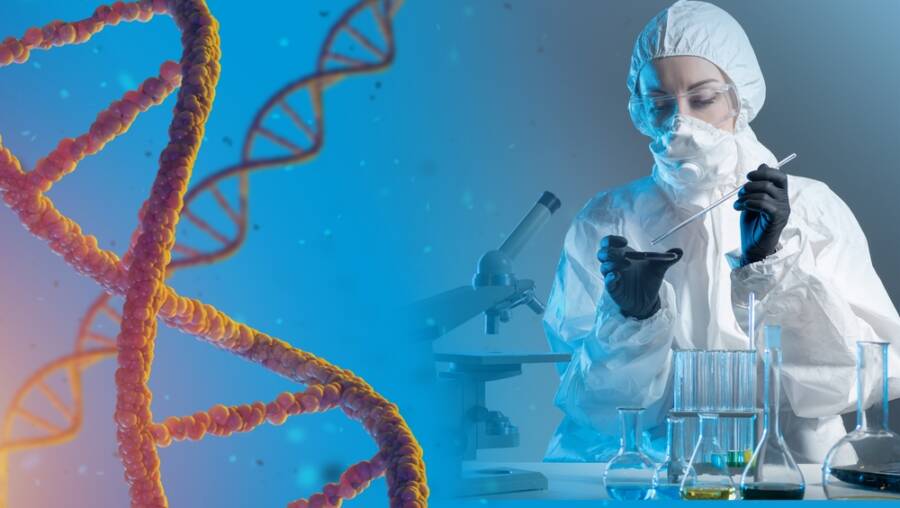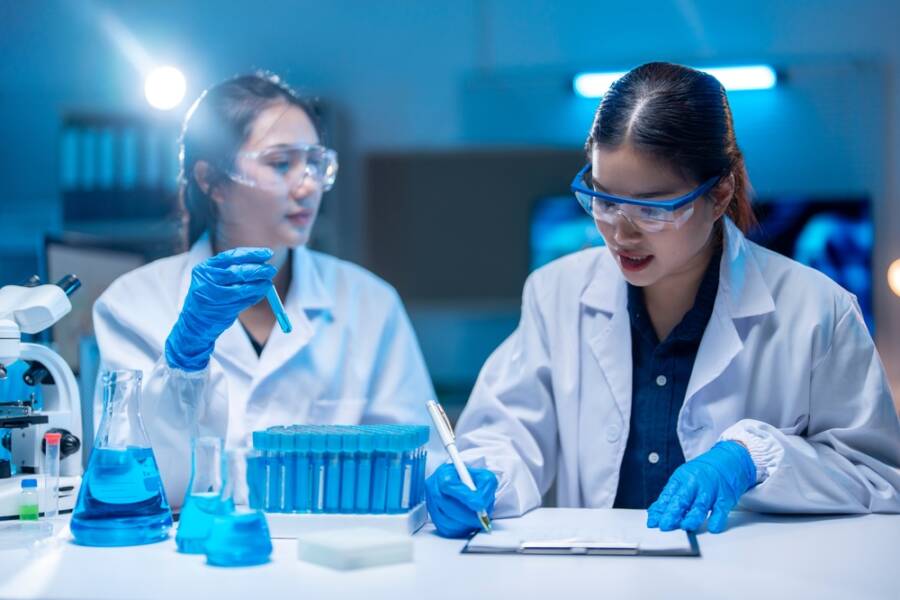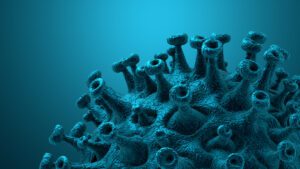Fewer wrinkles? We’ll take it!
A major step in unlocking the secrets of youthful skin has been taken! This research team managed to find out how our bodies turn stem cells into skin, and they even created small samples in the lab. This breakthrough will slow down aging but also pave the way for artificial skin when it comes to transplants and scar prevention.
The Human Cell Atlas project, led by Prof. Muzlifah Haniffa, brings promises about new treatments able to keep us healthier and, of course, younger-looking for longer.
Professor Hannifa says that once they figure out how cells evolve from the early stages to aging in adulthood, they can start asking questions about how the organs can be held younger or how they make the heart feel young again and maintain fresh-looking skin.

From one cell to many
The goal may seem down the road, but researchers are making strides in learning how skin cells develop in fetuses in their early stages of human life.
When the egg is first fertilized, all the cells are the same. The changes appear after about three weeks, and certain genes in the stem cells activate. They give instructions on how to specialize, and they group together, creating different parts of the body.
Researchers discovered which genes turn on at specific times and places to build the skin, the body’s largest organ.
Treated with chemicals under the microscope, these cells make you think of tiny fairy lights. There are genes that turn orange, and they are the ones that form the skin surface, while the yellow ones determine the color. Many other genes are responsible for hair, and protection from outside factors, or they create the glands that allow us to sweat.
This study cracked the code for creating human skin and they shared their findings. As they are now able to understand these instructions, thrilling possibilities are open. Scientists already know that fetal skin heals without leaving scars, and one area of their research is focused on figuring out how to replicate this process in adult skin for potential help in surgical procedures.
Moreover, researchers found that immune cells are essential for foaming blood vessels in the skin, and they already replicated this process in the lab. The process involved chemicals able to turn on and off the genes at the right times and locations to make the skin artificially grow from stem cells. Until now, they managed to create little blobs of skin with tiny hairs sprouting from them.
The ultimate goal is to refine the technique and make it an official practice, according to Prof. Haniffa. This can be a real help for burn patients, creating a way to transplant tissue, she explained. The hair follicle development could also help people with baldness grow hair.
The skin they grew in the lab can be used to study how skin diseases develop and test new treatments.

Mapping Humanity: the Blueprint of Our Bodies
Embryo development sends instructions for turning genes on and off as the process continues after birth into adulthood, guiding the development of our whole body: organs and tissues.
The project analyzed 100 million cells from various parts of the body over eight years. They produced draft atlases for the brain and lungs, currently working on the heart, liver, and kidney.
The next step is to combine the individual analyses, creating new insights into anatomy and psychology. Prof. Sarah Teichmann of Cambridge University considers this an incredibly exciting path to better understand humans. “This will change how we think about ourselves, our tissues, and organs, and how they function.”
The Human Cell Atlas project is a global initiative aimed at creating comprehensive reference maps of all human cells. The project was launched in 2016, and it involves researchers from all disciplines and various institutions, all working together for a better understanding of the complex cellular process of the human body.
The main purpose is to identify and characterize every type of cell in the human body with their structures, interactions, and functions. By mapping normal cells, researchers seek to understand what are the changes in cell behavior that lead to diseases, so they can help in diagnosing and therapeutic strategies.
Data from various organs and tissues is collected in order to create a unified atlas used to study human biology more effectively. It leverages incredibly advanced technologies such as single-cell RNA sequencing, allowing scientists to analyze how the genes are expressed in individual cells.
Given the massive data generated, researchers benefit from sophisticated tools and bioinformatics methods to process and interpret. Algorithms are employed to identify patterns and relationships within the cellular data.
Another method they use is spatial transcriptomics, combining gene expression with spatial information. This allows scientists to see where specific genes are active within the tissue. This is one of the keys to understanding how cells interact in their native environment, and it gives them the insights to recreate the process.
Imaging techniques are extremely advanced. They use multiplexed imaging, allowing them to visualize multiple cellular markers at the same time, helping them understand the morphology and distribution of cells of different types within the tissue.

Meet the Atlas Project
The Human Cell Atlas project aims to transform our understanding of human biology, coming with new insights into disease mechanisms, anatomy, and psychology. It really has the potential to rewrite textbooks and lead future research in health and medicine, improving patient care and treatment.
Such a collective effort is essential to accelerate the research process and maximize the impact. One of the fundamental principles they work by is transparency. Researchers always share their datasets, findings, and methodologies with the public and with the broader scientific community to enable others to build on their work.
Public access to its datasets is provided through different platforms, as this facilitates collaboration and innovation in similar or related fields. Openness is encouraged so scientists can validate their findings and extend the work.
More than the skin aging process, there are higher implications when it comes to medical advancements. The Human Cell Atlas project works to understand various diseases, including cancer, autoimmune disorders, and neurodegenerative conditions. Cell maps help in identifying alterations in cellular behavior and gene expression associated with these diseases. Insights from this huge project contribute to the development of personalized approaches in medicine to tailor treatments to the unique cellular makeup of individual patients. This could be a real improvement in treatment efficacy, and the adverse effects will be significantly reduced.
The atlas also serves as a valuable resource in drug discovery, understanding how cell types respond to medicinal drugs in order to inform the development of more effective therapies. Scientists use the atlas to test responses to different drugs leading to better targeted and more effective treatments for various diseases.
It has a huge impact on public health by identifying biomarkers for disease susceptibility and progression for early detection and intervention. The insights the project provides could also reduce health disparities, providing a better understanding of how different populations respond to diseases and treatments.
If the aging topic is really one of your interests, you can give this book a try: Aging with Grace: Flourishing in an Anti-Aging Culture
Read next: 5 Reasons to Treat Your Sleep Apnea






